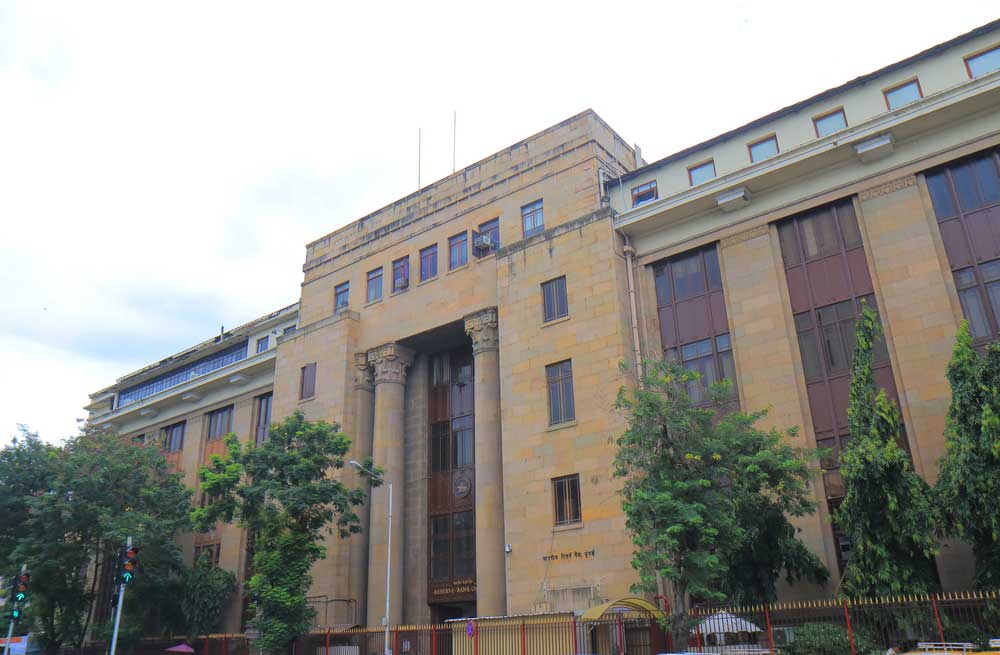The focus will be on liquidity and not on rates at the monetary policy meet of the Reserve Bank of India this week as policymakers look for ways to perk up credit and push up the growth rate
The monetary policy committee of the RBI will meet for three days from December 3 to December 5 and make its announcements on December 5, just a little more than a week before the board of the RBI meets on December 14, where the liquidity crunch is expected to come up for discussion.
Ahead of the December 5 announcement, experts are near unanimous in their view that the repo rate will remain unchanged at 6.50 per cent.
Opinions are, however, divided on whether the central bank will retain its stance of calibrated tightening of the repo, which is the rate at which banks borrow from the RBI.
Multiple factors could prompt the six-member policy committee from not hiking rates — crude prices are falling, rupee making a strong recovery as well as benign inflation in the economy
On the other hand, they will be wary about volatility in crude oil prices and firm core inflation, which was above 6 per cent in October. Core inflation excludes food and fuel prices, which see heavy fluctuation.
Though it is unlikely to take any action on rates, the monetary policy’s announcement will be crucial as it comes ahead of the RBI board meeting on December 14, which is likely to discuss the liquidity deficit.
The RBI has already pumped
Rs 40,000 crore through open market operations (OMOs) into the banking system in November and has announced a similar amount for December.
However, the liquidity deficit in the system remains and is pegged at Rs 1 lakh crore. Therefore, the RBI’s view on liquidity will be keenly watched.
The government and the RBI have been at loggerheads over various issues one of which is the liquidity in the system.
Though there have been calls that the RBI should cut the cash reserve ratio (CRR), which is that portion of deposits held by banks, most of the economists feel CRR (now at four per cent) will be left unchanged in the forthcoming policy.
There are, however, a few who feel this may be reduced. It is estimated that a one per cent cut in CRR will release close to Rs 1 lakh crore into the banking system.
At odds with Centre
The Centre wants the banking regulator should do more to make funds available so that growth does not suffer.
The disappointing growth rate in GDP in the second quarter announced on Friday and expectations that the growth rate could slip below 7 per cent in the second half could prod the finance ministry nominees to take up the issue of liquidity more strongly.
“The more interesting part will be any deliberations on liquidity (overall and sectoral) though it is not under the ambit of the MPC to address these issues completely. As headline CPI inflation remains under control and well anchored around the four per cent mark for now, the effect of any liquidity strain on the growth trajectory should be a topic of discussion
“On the CRR cut, our assessment indicates that liquidity is strained only in pockets… We believe that the use of CRR should be restricted to being a shock rather than as a regular tool for liquidity management,” Suvodeep Rakshit, senior economist at Kotak Institutional Equities, said.
He added the monetary policy committee is likely to keep CRR unchanged even as the RBI will continue to use tools such as the open market operations (OMOs), spot intervention in the foreign exchange market and longer-term repos to calibrate overall liquidity available in the system.











